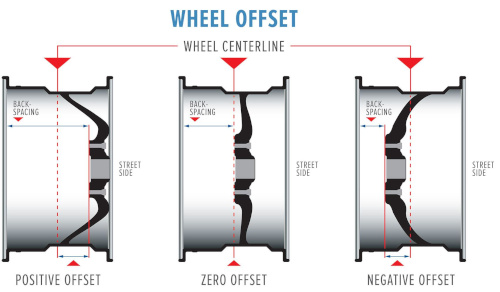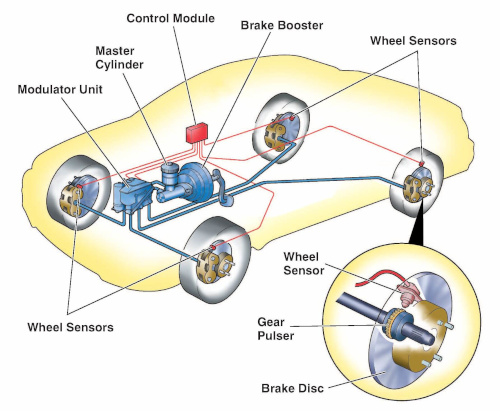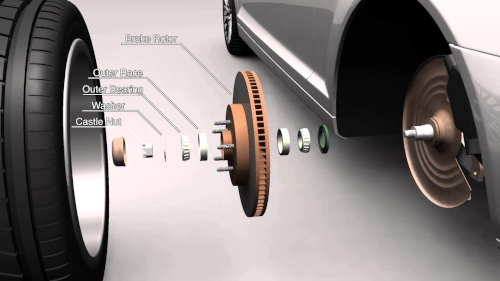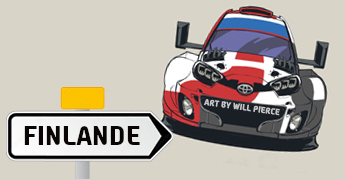Choosing aftermarket tires and rims can renovate a car’s visual and productivity. It is not just asking for a change, but more tips than that. Explore now!
Introduction
Changing rims and wheels is the most basic hobby of car enthusiasts. They make your car look eye-catching and can increase acceleration, friction, and the ability to overcome obstacles.
Here is some advice from Robert Herrera (COR Wheels). – who has a lot of experience building show cars for owners who want to renovate their vehicles’ rims and tires. Do not miss out on great tips and tricks for choosing aftermarket tires and rims!
Considering Size

First, considering Offset – the distance from the wheel’s center to the wheel’s outer contact surface with the wheel axle in millimeters is an essential step. This indicator shows the position of the wheel and axle, which affects the force distribution down the wheel. Specifically, if this number is:
• Equal 0: usually found in SUVs
• Greater than 0: commonly found in front-wheel-drive vehicles, such as hatchbacks, sedans of class B or C
• Less than 0: suitable for rear-wheel drive vehicles, large wheels like off-road vehicles
Some car owners will mount the outboard to avoid « touching » inside. They do not change the internal structure of the shaft and rim. However, the assembly will increase the vehicle’s payload and reduce the flexibility of the axle and the insecurity. In some areas, installing additional wheels may be illegal.
On the other hand, the most popular in customizing the car is the Hellaflush style, which uses large wheels that almost touch the edge of the fender. This method helps to raise the chassis and improve visual appeal. But it also causes the shock absorber system to reduce performance, creating a negative camber that causes the wheel to tilt inward and wear more tires.
Despite many disadvantages, the above methods are still applied by car owners. By measuring rim, tire, and other related metrics in advance, they can have a variety of ways to balance them out, such as: installing shock absorbers and other suspension components.
Rim Diameter
For normal cars, the rim diameter is usually 14 to 21 inches and is larger in SUVs, 4×4, sporty or luxury lines.
Custom cars also often increase the wheel diameter rather than reduce it. The advantage of this is to create a bright chassis, good-looking appearance, increased traction, grip, and better cornering for the car.
On the contrary, it negatively affects speedometer and odometer calibration due to the difference before and after. Large wheels also increase weight significantly, confusing ABS (Automatic Braking System), leading to rapid brake wear.

Furthermore, some customizers prefer the rear rim to be larger than the front, which looks sportier, helps with longer wheel wear, and increases traction. With small amplitude differences, there is no problem; however, if they are large, systems that measure speed, distance, or even brakes are in trouble.
To fix problems when changing tires or even rims, you may consider the following tips:
• Install the rear edge higher than the front within the allowable range
• Install additional suspension lift system
• Upgrade the brake system
• Use forged wheels instead of cast wheels
• Use high-quality rims
Tires and Lug Nuts
For tires, the relationship between the width and height of the pile plays an important role in keeping the balance and safety of the vehicle. Typical tire widths are 175, 185, 195, and 205 (mm), with a width-to-height ratio of 55 to 80 (%), a difference of 5 units. At the same time, the wheeling radius R is from 10 to 16.
If you are looking for the best tires on the market, I recommend checking out the results of the 2023 COR Wheels Tire Test. The test provides comprehensive and unbiased information that can help you make an informed decision about which tires are right for your needs.
When choosing to upgrade wheels, you need to pay attention to choosing a good quality type and regularly maintain it. You can apply a coat of varnish on the billet to reduce its oxidation rate.
In addition, aluminum-plated cast wheels should also be considered because although they are cheap, beautiful, and look new all the time, they easily pit the surface and lose their shine in humid climates.

The upgraded wheel also needs to match the existing set of nuts if you don’t want the extra money to upgrade the whole thing, including its assembly tools.
You can remove the front axle or use a coordination adapter for wheel hubs. If you choose the latter, you should use the thinnest, thinnest 1-inch unit so the wheels do not show too far.
Conclusion
Before changing anything on your beloved car, you need to « know » it well first, such as tire size, rim, carrying capacity, nuts, front or rear axle bias, etc.
Upgrading them, in addition to making them look good, bunker, or your style, also needs to improve individual performance, ensure safety and not break the law.
If you have decided to customize your vehicle, you should budget a little comfort to ensure the use of quality materials, the addition of other supporting systems or tools, and a future maintenance plan. The advice will help you save money, time and still get your desired car!


